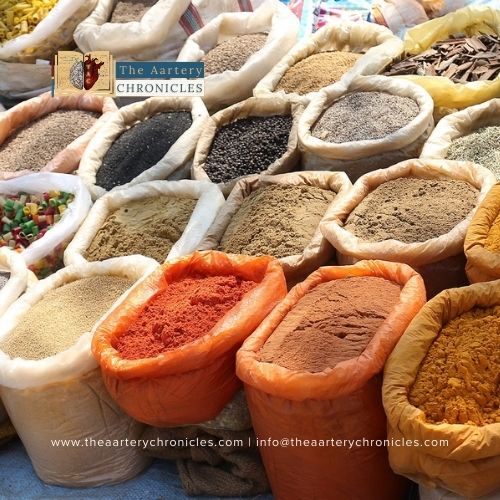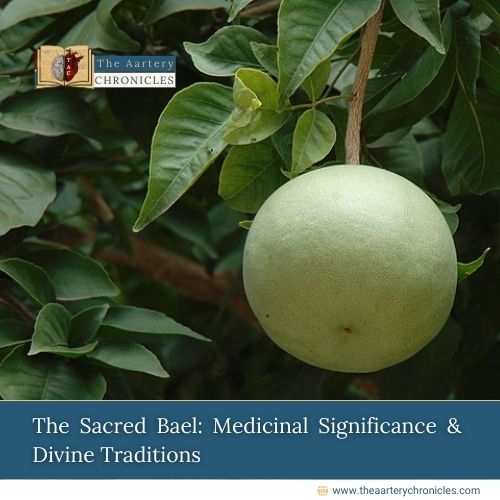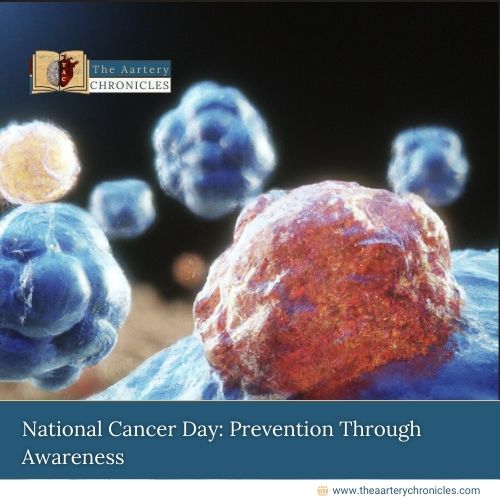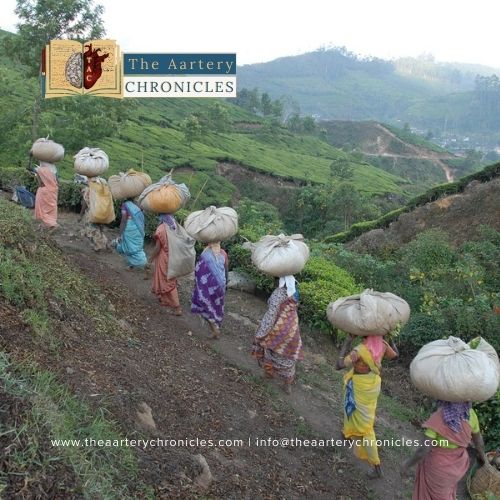
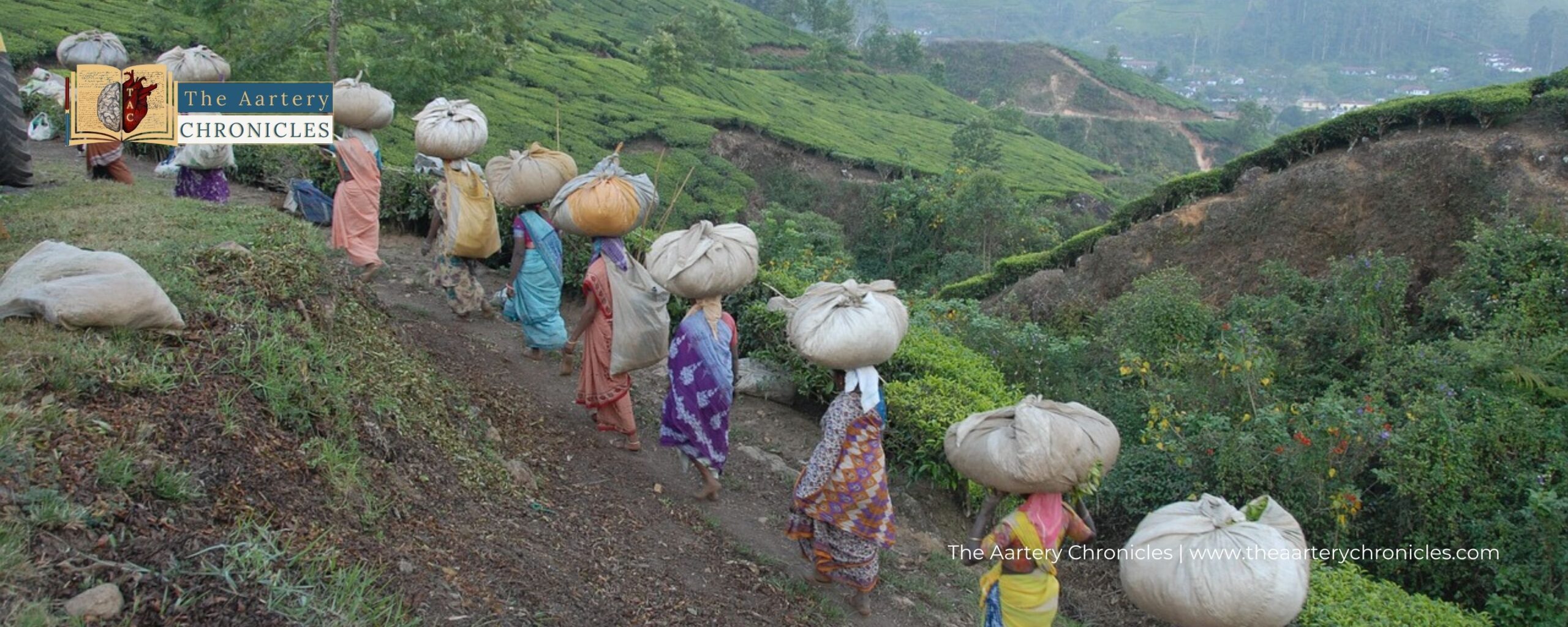
The Journey Of Tea From China To India
Tea is our “go-to” beverage. It is a ‘pick me up’ drink in the mornings to get us moving, to enjoy on a rainy day, to de-stress with friends, to enjoy it whenever and wherever we desire. We cannot imagine our life without it. Let’s see how this humble drink has travelled the world over to find an important place in our kitchens and our hearts.
What is the process of brewing Tea?
The technique of brewing tea is to steep the tea leaves in water, then add sugar (optional), some milk(optional) and allow it to boil and then strain it into a teacup/ earthen glasses (kulhad) , glass glasses, paper cups, glass cups, steel cups, tea mugs, however, you like it.
What are different types of tea?
There are many varieties of tea: Black tea, Green tea, Herbal tea, Masala tea, White tea, Oolong tea, Yellow tea, Chamomile tea, Darjeeling tea, Earl Grey tea, Rooibos, Hibiscus tea, Peppermint tea, Assam tea, Fermented tea, Ceylon tea, Gunpowder tea, Bilouchun, Ginger tea, Flowering tea, Gyokuru, Matcha, Ginger tea, to name a few. And last but not least, Iced tea.
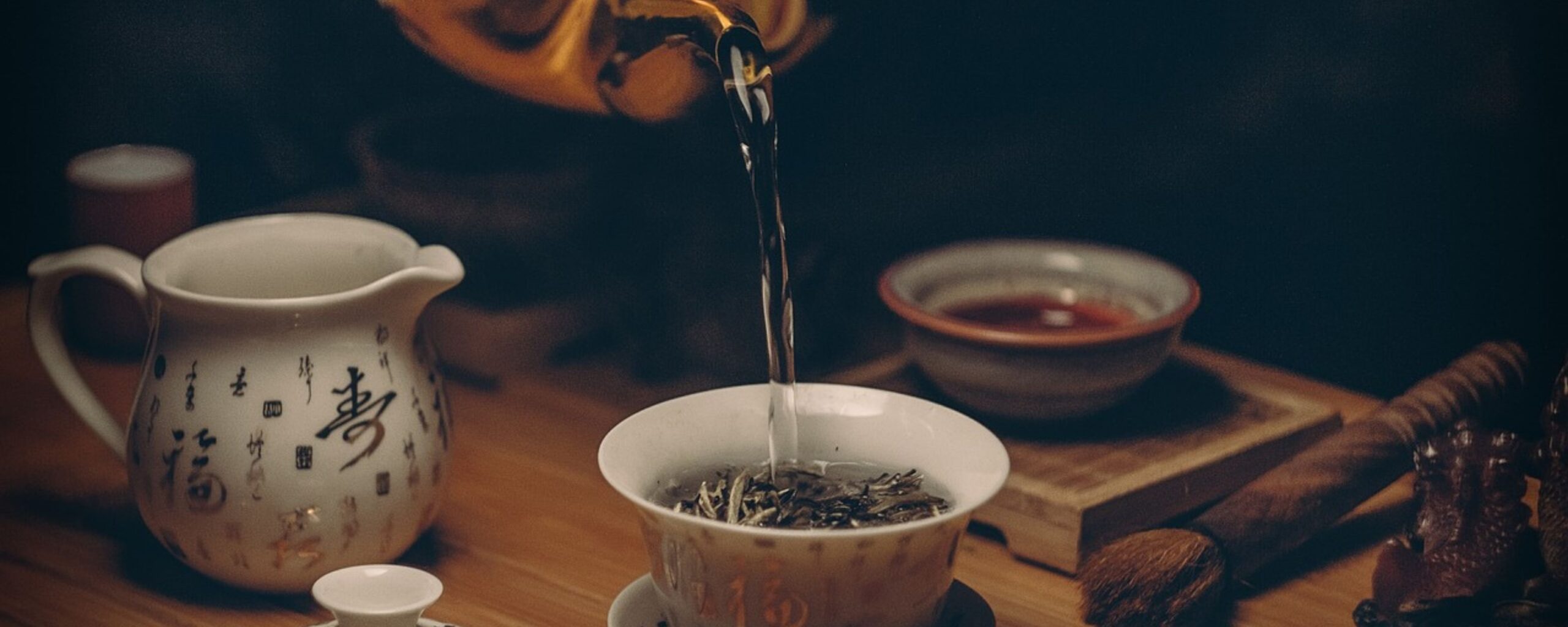
History of tea
Tea energises us and it has cognitive benefits on our memory and focuses our mind. Tea contains caffeine, theobromine, theophylline and L-theanine, which help stimulate our minds and relax us. Tea has a very interesting history. Chef Ranveer Brar, on one of the episodes of Kaun Banega Crorepati, mentioned the origin of tea in China.
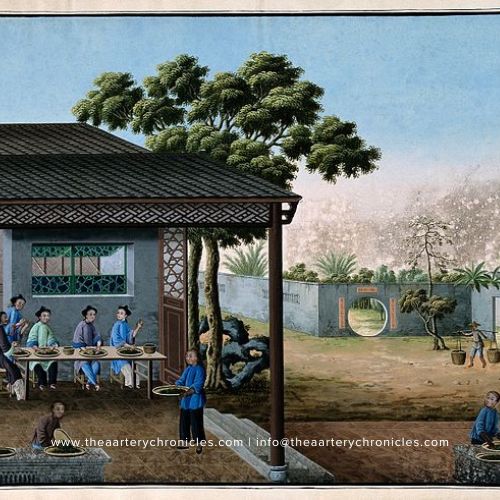
Chinese Connection:
A Chinese legend has it, that, in 2737 BC, the Chinese emperor Shen Nung (Shennong) was sitting beneath a tree and his servant was boiling drinking water when suddenly some leaves from the tree blew into the water changing its colour and taste / or another version which says that the Emperor was drinking boiled water and the leaves from the overhead tree blew into the water thereby changing its colour and taste. He took a sip and was surprised with the taste and quite enjoyed the infused water.
Tea was considered more of a medicinal drink in those days. The Emperor used to experiment with different herbs and plants and discovered that tea worked as an antidote too. If he chewed some poisonous leaves, he immediately chewed tea leaves to counter the poison
Japanese Connection
It was during the Tang dynasty that tea consumption became popular in Korea, Japan and Vietnam. During the Sui dynasty in China, the Buddhist monks, namely Saicho in 806 and Kukai, who travelled to China to learn about its culture, brought back tea seeds to Japan. The Emperor Saga encouraged the growth of these tea plants and thereafter Japan imported the tea seeds from China and made tea the drink of the royalty. The oldest book Kissa Yojoki- How To Stay Healthy by Drinking Tea, was written in 1211, It opens with the sentence “Tea is the ultimate mental and medical remedy and has the ability to make one’s life more full and complete”, and was written by Zen priest Eisai. How true it is to this day! Green tea was preferred by the Japanese gentry and priests.
Korean Connection
It was in 661 AD tea was offered to the spirit of King Suro, the founder of the Geumgwan Gaya kingdom and to the spirits of Buddhist monks in the year 918 -1392 during the Goryeo dynasty in Korea. The “Day Tea Rite” was prevalent during the Joseon Dynasty, which was a daytime ceremony that took place commonly and the “Special Tea Rite” was for special occasions.
Global Connection
- In the 13th century, the Ajuran empire in Somalia, Africa, had bilateral trade relations with the Ming Dynasty of China which introduced tea in Africa.
- Macau was a trading port in 1557 during the Portuguese era. The Portuguese priests and merchants were introduced to tea, then called ‘cha’ by the Chinese. In the early 17th century, a ship belonging to the Dutch East India Company transported green tea leaves from China to Amsterdam.
- France recognized tea in 1636 and it was popular in Paris around 1648.
- In the year 1662, King Charles II married Portuguese princess Catherine of Braganza, an ardent tea lover, and thereafter tea was introduced in the royal court in England. The protests against tea during the American Revolution saw a sharp decline in tea drinking and a steep rise in coffee drinking as the Americans considered tea an “unpatriotic” drink.
- The 17th century saw the advent of tea in Russia when China gifted it to the Russian Czar Michael in 1618, who disliked it and therefore Russia could reap its benefits only in 1969. There was less intrigue in Germany and England.
Captain Cook saw the Australian Aboriginals drinking an infusion of the plant leptospermum and named it ‘tea’ and today the plant is known as ‘ti tree’. The first commercial plantation was established in Bingil Bay in North Queensland by the Cutten brothers.
Indian Connection
The British introduced tea culture in India in 1836 and Ceylon in 1867. The British introduced India to tea and to break the Chinese monopoly, the British cultivated land in Darjeeling, Assam and Ceylon (then a part of India) by using Chinese tea seeds and practising Chinese cultivation methods thus making Assam a leading producer of tea. In the 1950’s, the Indian Tea Board popularized tea through an advertising campaign. Black tea was the foremost variety which was grown and exported too. India was the topmost tea producer for almost a century but in the 21st century, China has become the number one tea producer
“Tea is the ultimate mental and medical remedy and has the ability to make one’s life more full and complete”
Zen Priest Eisai
Conclusion
This is how one of our favourite beverages has reached us. One thing we need to remind ourselves is that whatever variety of tea we are fond of, it should be consumed in moderation. To conclude with a line from Lydgate’s poem ”For whoso hath too much of any good, Of that same good he shall be soon bereft”.

Author: Ms. Rupal Sonpal


